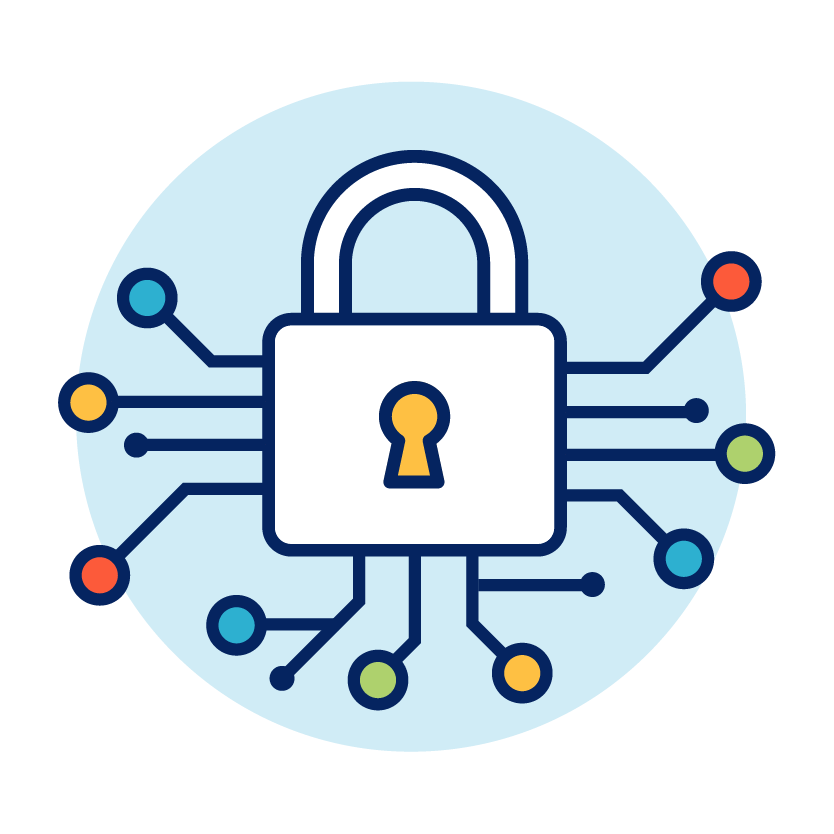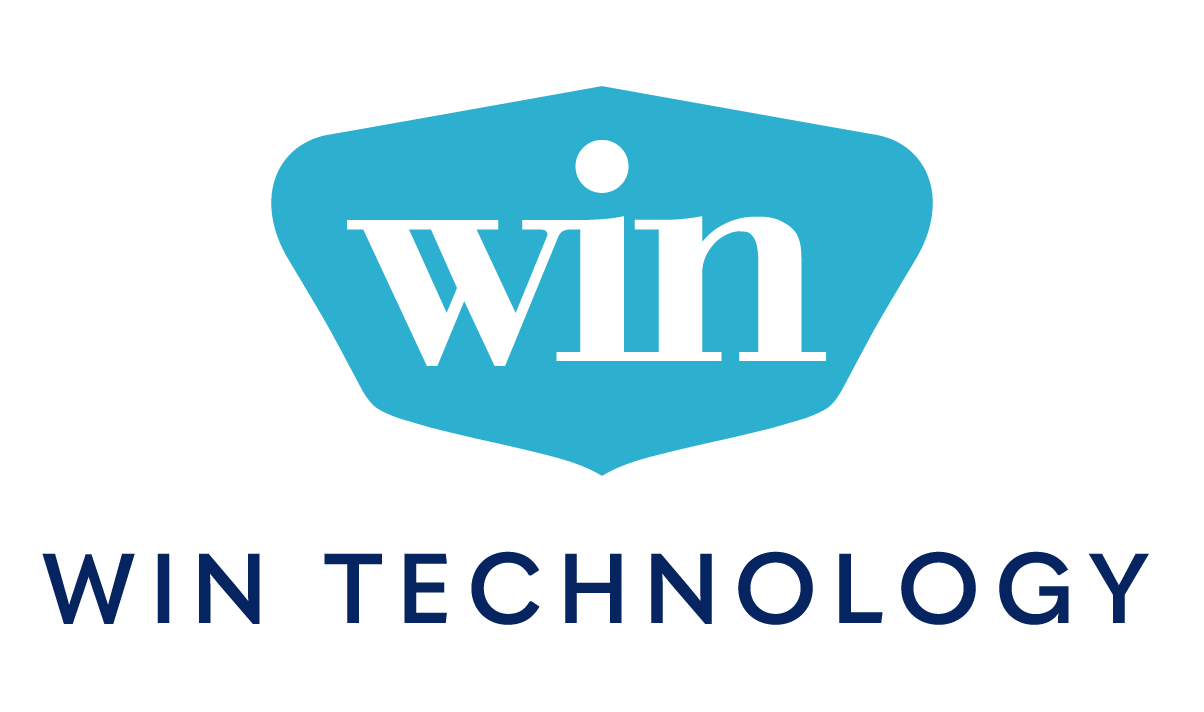Updates are performed by the central management of the EPM system.

Endpoint Privilege Management
What is Endpoint Privilege Management?
Endpoint Privilege Management (EPM) is a cybersecurity solution that manages and monitors what applications are allowed to run on a system and what actions they are permitted to perform. An EPM solution uses the Principle of Least Privilege to ensure that users only have the necessary permissions needed for their role. By doing so, organizations secure sensitive information against unauthorized access and potential harmful software from executing or accessing sensitive resources.

Key components of EPM from WIN include:
- Application Control: Define how applications can interact with each other and control what resources applications can access, such as networks, files and registries.
- Whitelisting: Specify a list of approved software, scripts, executables and libraries that can run on your endpoints and servers.
- Storage Control: Control what data can be accessed and copied, and the applications, users and computers that can access that data.
- Privileged Access Management: Manage and control privileged access and permissions for users, applications and systems within your IT environment.
- Network Access Control: Control inbound and outbound traffic to your protected devices. Apply custom-built policies to allow granular access.
How Does Endpoint Privilege Management Work?
EPM solutions manage and monitor what applications are allowed to run on a system and what actions they are permitted to perform. Deployment of an EPM solution uses the Principle of Least Privilege to ensure that users only have the necessary permissions needed for their role.
WIN’s EPM solution simplifies the process of setting up your Zero Trust environment, including your whitelist.
Here’s how:
 | When the EPM agent is first installed, it enters “learning mode”, where for the first 2 weeks nothing is blocked or interrupted. |
 | During learning mode, the agent monitors and logs what is running in the environment to create a baseline of recommended policies. |
 | After the learning period, we work with you to review the list of applications, deny those that are not required and secure your endpoints. |
 | Once deployed, any untrusted applications, scripts or libraries that try to run will be denied. Users can request new software approval using the EPM agent, and it can be approved by an IT administrator in as little as 60 seconds. |
FAQs
Frequently Asked Questions
Your team works alongside WIN’s team of IT professionals to review the list of applications your organization uses, deny those that are not required and set policies to secure your endpoints and servers.
While there may be an initial adjustment period, EPM solutions are designed to integrate smoothly with existing workflows. With proper planning, configuration, and training, disruptions can be minimized. The automation of privilege management and streamlined approval workflows can ultimately enhance productivity.
Yes! WIN’s EPM solution is designed to scale with your organization. As your organization grows, the EPM solution can manage an increasing number of endpoints, servers, users and applications, ensuring consistent security policies and controls across the enterprise.
RELATED Resources

Working With Us
What to expect from a strategic partnership with WIN Technology

Understanding Fit
Our process is collaborative from the start. As we discuss your expectations, we communicate openly, and we keep the promises we make.

Understanding Needs
Through our discovery process, we seek to build an accurate understanding of your needs so that a sound and mutually understandable promise can be made.

Right-Sizing the Effort
The elements of your proposal are refined as your needs become clear. This ensures alignment on the anticipated value of what we commit to deliver to you.

Proving Competency
As we engage in the project, we monitor and discuss status, performance, changes and improvements through our established delivery and communication practices.

Partnering for the Future
Throughout our partnership, as we keep the promises we have made to you, we enrich the value of services with a continuous focus on practical next steps.



